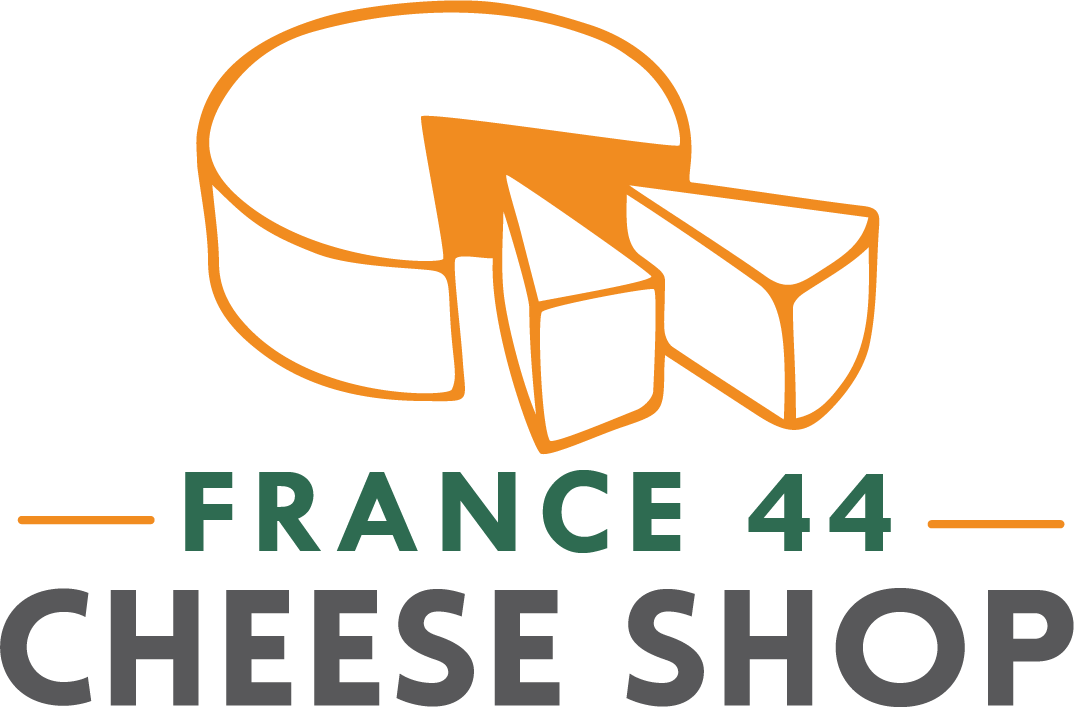by Austin Coe Butler
“Stilton is a quintessentially British cheese,” wrote Ned Palmer, which makes it all the more hilarious that an arguably more traditional form of Stilton known as Stichelton is made by an American, Joe Schneider. Why is this? Schneider legally cannot call his Stichelton Stilton because it is made with raw milk.
In 1996 the Stilton Cheese Makers Association registered a protected designation of origin (PDO) for Stilton and in the process specified that it must be made with pasteurized milk. This took place in the context of a number of food scares involving listeria monocytogenes and Mad Cow Disease that shook the British public. Overnight, Stilton makers who still made Stilton with raw milk had to either install a pasteurizer or get out of the game. (A curious aside: this new PDO designated that Stilton could only be produced in the counties of Derbyshire, Leicestershire, and Nottinghamshire, which means that Stilton can no longer be made in Stilton!) Since Schneider legally could not call his cheese Stilton, he settled on the old Anglo-Saxon name for the town—Stichelton. Schneider, I believe, would like to be welcomed back into the fold. When he’s not at the dairy, he can be found protesting in front of Parliament with a placard proclaiming, “I Can’t Believe It’s Not STILTON.”
What’s the difference between Stilton and Stichelton? We sell Colston-Bassett Dairy’s Stilton, which is the premier Stilton. It is made delicately by hand and matured several extra months before being pierced to allow the blue mold to bloom resulting in a well-balanced paste. (If you’ve ever had metallic, tinny, and bitter blue cheese, it’s because there’s too much blue mold in it.) Colston Bassett Dairy’s Stilton has brilliant indigo marbling and an ivory paste with notes of sweet cream, a tingle of spice, and sometimes a bubblegum or cotton candy sweetness hiding in there. Stichelton by its nature is wilder, almost feral at times. It’s bright buttermilk tang is accompanied with savory notes of malt, brewer’s yeast, baffling complex. Each wheel has some new flavor squirreled away in it. But for all its volatile and surprising flavors, it has the characteristic crumble and luxurious creaminess of Stilton.
Talking and writing about food can be exhausting, though, and there’s no better way to understand the difference that to taste it. Taste the difference side-by-side. On this dreary, drizzly weekend, go full English and have a few pints of Samuel Smith’s Nut Brown Ale alongside these two fine English blues.
